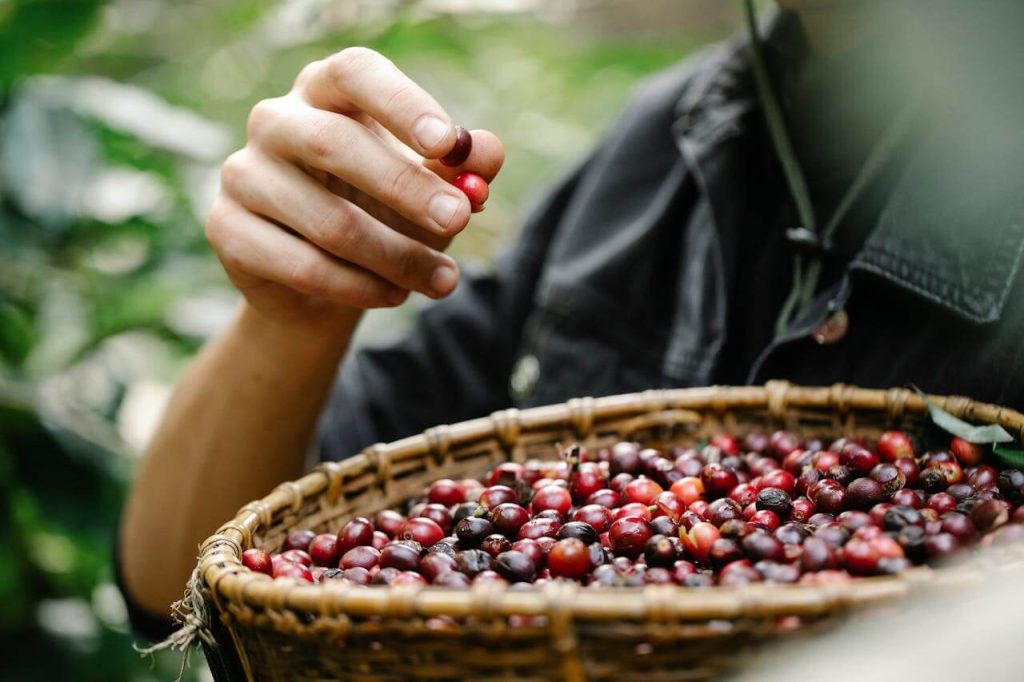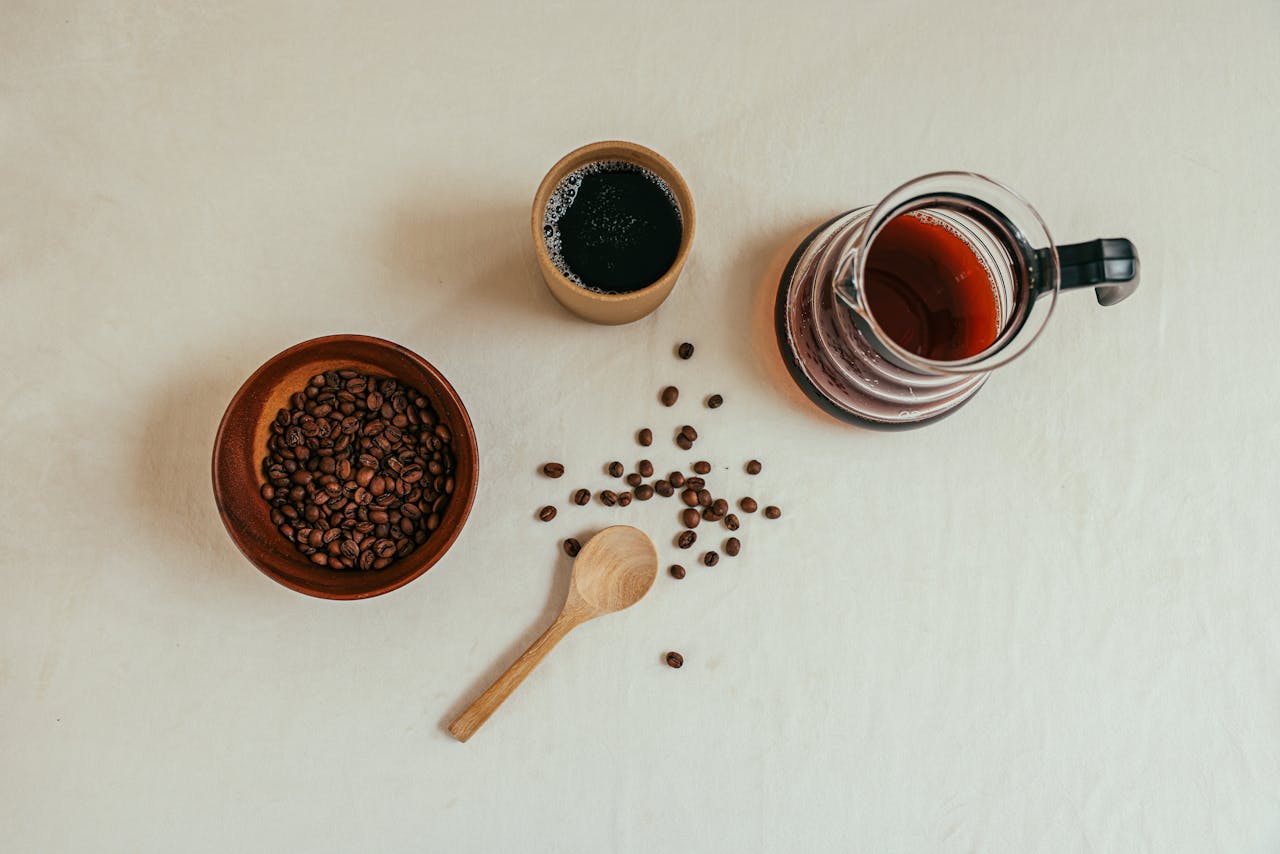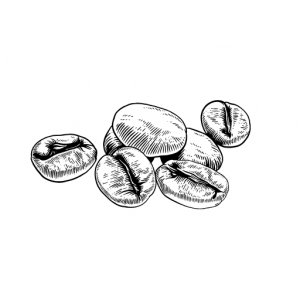For coffee lovers worldwide, Arabica beans reign supreme. Their smooth, complex flavors are a delightful experience for the senses. But have you ever wondered about the journey these beans take from humble plant to your cup? Cultivating high-quality Arabica coffee is a meticulous process, and understanding it can deepen your appreciation for every sip.
This guide explores the eight essential steps involved in Arabica coffee cultivation, from finding the perfect growing environment to harvesting and processing the coffee cherries.

1. Setting the Stage for Success: Site Selection and Preparation
Imagine lush, green coffee plantations nestled high in the mountains. That’s the ideal habitat for Arabica coffee plants! They thrive between 1,500 and 1,800 meters above sea level (https://www.climate.gov/news-features/climate-and/climate-coffee), where cooler temperatures slow bean maturation, leading to richer flavor. These mountain havens also boast mild temperatures, abundant yet well-distributed rainfall, and dappled sunlight filtering through the leaves of shade trees. Before planting, the land undergoes careful clearing and preparation to ensure the soil has the right nutrients and structure to nourish these future coffee trees. Interestingly, Arabica coffee prefers slightly acidic soil, with a pH between 5.5 and 6.5 (https://worldcoffeeresearch.org/).
2. From Seed to Seedling: Planting
Arabica coffee’s journey begins with either seeds or seedlings. Seeds are initially nurtured in protected nursery environments. After about six months to a year, when the seedlings are strong and healthy, they’re transplanted to the main plantation. The timing of planting often coincides with the rainy season, providing these young plants with the moisture they need to establish a robust root system.
3. Nurturing Young Plants: A Labor of Love
Just like any precious seedling, young Arabica coffee plants require consistent care. Regular watering is essential, especially during dry periods. Maintaining healthy soil through organic fertilizer application is key. Weeding is also necessary to prevent competition for vital nutrients. But there’s another crucial element: shade management.
Shade trees or artificial structures play a vital role by providing filtered sunlight and protecting young plants from the harshness of direct sun. Some popular shade tree choices include Grevillea robusta, known for its fast growth and minimal leaf litter, or Inga vera, a nitrogen-fixing legume that benefits soil health (https://www.britannica.com/plant/Coffea-arabica).
4. Protecting Your Crop: Integrated Pest and Disease Management
Coffee plants, like all living things, can be susceptible to various pests and diseases, including coffee leaf rust and the coffee berry borer. To safeguard their precious crop, growers implement integrated pest and disease management (IPM) strategies. This involves regular monitoring of plants, crop rotation to disrupt pest life cycles, and maintaining biodiversity to encourage natural predators. Organic or chemical treatments may be necessary in some situations, but they are used judiciously.
5. Shaping for Quality and Yield: Pruning
Pruning is an essential practice in Arabica coffee cultivation. It’s like giving the plant a haircut to promote its health and maximize yield. By strategically removing old or diseased branches, new growth is encouraged, and air circulation throughout the plant improves. This not only helps prevent disease but also ensures the plant directs its energy towards producing a high quantity of high-quality beans.
6. The Reward of Patience: Harvesting
After three to four years of patient care, the Arabica coffee plants begin to bear fruit – bright red coffee cherries! These cherries are ready for harvest when they reach their peak ripeness. This usually occurs once a year, although some regions may experience a main harvest and a secondary harvest season. Picking is often done meticulously by hand to ensure only ripe cherries are selected.
7. Unlocking the Bean’s Potential: Processing
Once harvested, the coffee cherries undergo processing to separate the coffee beans from the fruit flesh. There are two primary methods:
- Dry method: Sun-drying the cherries until their moisture content reaches around 11%.
- Wet method: Removing the pulp before drying, resulting in a cleaner-tasting cup.
Each processing method influences the final flavor profile of the coffee.
8. Preparing for the Journey: Drying and Storage
Following processing, the coffee beans are dried further, either in the sun or using mechanical dryers. This step is crucial to prevent mold growth and ensure the beans are shelf-stable for storage and transportation. The ideal moisture content for storing coffee beans is around 10-12%.
By mastering these eight steps, Arabica coffee growers, both seasoned and new, can cultivate exceptional coffee beans. And for those eager to delve deeper into the fascinating world of coffee and other agricultural commodities, consider checking Commodity Crate to widen up your business!


